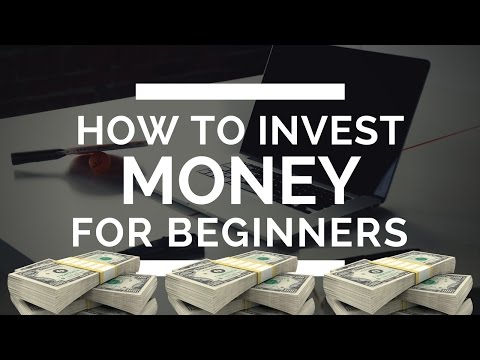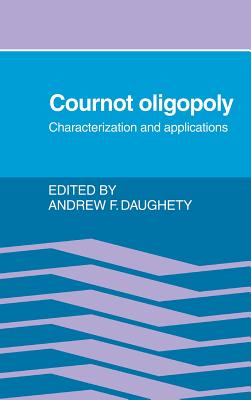What is Risk Reward Ratio in Forex Leave a comment
Contents
Trade risk is defined by setting up a stop-loss order where risk is the difference in price between the trade start point and the stop-loss point. A target point is defined as the exit point provided the trade moves in a favorable direction. A potential point of the profit is the price difference between the targeted profit and the price at which trade was entered. Now, if you use TradingView, then it makes it’s easy to calculate your risk to reward ratio on every trade. Instead, you must combine your risk-reward ratio with your winning rate to know whether you’ll make money in the long run . A risk/reward ratio that is less than 1 indicates an investment with greater potential reward than risk.
- Putting a huge target on a trade because it makes your RRR look good won’t make the target any more likely to be reached.
- If you risk too much on a trade, a few losing trades can eradicate your account.
- Confirm your email and phone number, get your ID verified.
- All rights reserved.Before you begin trading on Real account please carefully consider your investment goals, risk and experience you have.
Using the XYZ example above, if your stock went up to $29 per share, you would make $4 for each of your 20 shares for a total of $80. You paid $500 for it, so you would divide 80 by 500 which gives you 0.16. Next, risk/reward gives you no indication of probability.
Risk/Reward Ratio
So if the risk/reward ratio is above 1.0, that means that the potential risk is greater than the potential reward. On the other hand, if the risk/reward ratio is below 1.0, the potential reward is greater than the potential risk. This guide breaks down the basic elements of risk/reward ratios and how to calculate a ratio to improve your investment odds. This proves that the risk-reward ratio doesn’t tell you anything unless combined with the winning rate. The risk vs. reward in investing represents the prospective reward an investor can earn from an investment for every dollar that investor risks on an investment. Risk is the amount of money you can afford to lose in the trade.

Interest, dividends, and growth in the underlying value of the investment all contribute to the reward. The risk/reward ratio assists investors in deciding between various investment alternatives such as mutual funds, stocks, and hedge funds. It is defined as the percentage return obtained on the basis of taking a risk in the field of trade or investment. Generally, there are two points involved which include the trade entry point and the trade profit booking point.
What does the risk/reward ratio tell traders?
The risk/reward ratio is used by many investors to compare the expected returns of an investment with the amount of risk undertaken to capture these returns. The reward to risk ratio is maybe the most important metric in trading and a trader who understands the RRR can improve his chances of becoming profitable. It’s worth noting that these generally shouldn’t be based on arbitrary percentage numbers. You should determine the profit target and stop-loss based on your analysis of the markets.

A risk/reward ratio below 1 indicates an investment with greater possible reward than risk. Conversely, ratios greater than 1 indicate investments with more risk than potential reward. For long-term investors, risk/reward ratio is less valuable because you are more likely to hold shares through a series of price fluctuations. It provides an idea to the investor than what is the expected return it could generate with the given level of risk, and accordingly, the decision can be taken.
You often read that traders say the reward-risk ratio is useless which couldn’t be further from the truth. When you use the RRR in combination with other trading metrics , it quickly becomes one https://1investing.in/ of the most powerful trading tools. I will conduct an optimization on the period of the slow moving average and also on the type . Good traders and investors choose their bets very carefully.
How to calculate the Risk-reward ratio?
Rayner Teo is an independent trader, ex-prop trader, and founder of TradingwithRayner. Sure risk, reward is important, but I will now look at it different. At the end of the day, all of us are in this ‘game’ to make money. I’ve always benfited from your non-conventional approach to trading forex.

Risk on market exposurerefers to how much you would lose if all your open trades were to lose. Do ensure you record all your trades and their RRR so that you will be able to go back and analyse your results. 4-Confirm how much you are willing to lose on the trade. If your trading account is £10,000, then you would lose no more than £100 on this trade. The difference is that leverage is often applied, which increases your risk significantly. A risk-reward ratio is risking ‘X’ amount of your funds to make ‘Y’ amount of profit.
For instance, a Bank of England inflation report, will have an impact on the GBP/USD. If you’re a stock trader, then you would watch out for earnings reports from the stocks you were looking to trade. Risk management is a simple discipline to develop and put into practice, and it’s essential common probability distributions to your progress as a trader. You might only risk 0.5% on each trade but if you have one hundred trades open at that risk, your market exposure would be 50% of your trading account. When you increase your target level and keep your stop-loss the same, your RRR will increase.
What is the risk/reward ratio?
Each trader must find a balance between how often they tend to win and the risk/reward they opt to use. Many active traders strive to win 50% to 60% of their trades and only take trades that have a risk/reward of 0.67 to 0.25 or slightly lower (profit potential is 1.5 to 4 times the risk). Rather, set it at a location that shows that you are wrong about the trade . When buying, a stop-loss is often set below a “swing low” on yourprice chart. When a price is moving down, and bounces off a certain price, that is a swing low.
The risk/reward ratio (R/R ratio or R) calculates how much risk a trader is taking for potentially how much reward. In other words, it shows what are the potential rewards for each $1 you risk on an investment. Short-term investors and traders, in general, utilise this ratio to choose from a number of investment categories. This ratio assists them in limiting their losses if the price does not move in the predicted direction. The risk/reward ratio is not always precise; the investor must make a judgement based on his or her risk tolerance and specific price movement expectations. Technical and fundamental analysis aid in the better understanding of risk/reward ratios in stocks, but they are not totally correct and still contain assumptions.
Set a plan with trading strategies
Overtrading can have a devastating effect on your bottom line. Tools such asTrading Central or Autochartist offer a huge amount and can add value to your trading. They can offer first class technical analysis reports, technical strategies that you can experiment with, as well as advanced indicators that are specific to MT4. If you can answer all these questions and be consistent in the way you execute your strategy, then you’ll be able to better manage your risk. It works by understanding how much you will risk making a certain return.
Shows a potential profit target level just below the top of the trend channel that was used to help find our entry level and stop-loss. With a risk of $2.42 per share, our profit potential-the difference between our profit-target price and our entry price-is $5.88. If a bigger move is expected than what has happened in the past, or the trade is being taken for the long term, the profit target may be set outside of the normal market movement.
A stop-loss order defines risk as the entire potential loss. It’s the distinction between the trade’s entry point and the stop-loss order. The asset category, investments and trading strategy, and economic variables impacting investment all contribute to risk.
